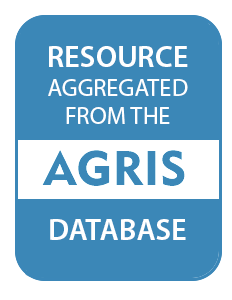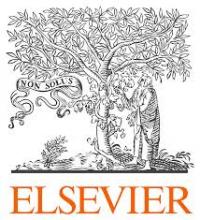Resource information
The inference rules relating land characteristics to suitability class are crucial to the estimation of agricultural land suitability. In fuzzy logic modeling for agricultural land evaluation, the fuzzy inference, based on membership functions and rule aggregation, is constructed with predetermined evaluation criteria, including value ranges for fuzzy linguistic terms, and weights of land variables. However, most existing evaluation criteria systems are built on the basis of expert knowledge and can be highly subjective and contain uncertainty. This study integrates a genetic algorithm with a multi-criteria evaluation based fuzzy inference system (FIS) to construct a self-adapting system that calibrates its evaluation criteria by self-learning from land samples. In the proposed GA-optimized fuzzy inference model, the criteria for land evaluation are encoded into chromosomes, i.e., each chromosome represents a solution for the evaluation criteria system. The performance of the fuzzy inference system on a training set is used as the fitness of an individual chromosome. The genetic algorithm repeatedly modifies a population of chromosomes through selection, crossover and mutation. To reduce the violation of the constraints for chromosomes and the destruction of excellent genes, the subsets in chromosomes are used as the basic units in crossover and mutation. Some transformations are implemented in mutation to ensure that the new individuals are accorded with the constraints in the evaluation criteria. Three-fold cross-validation (3 CV) is employed to prevent overfitting and to evaluate the performance of the model. The optimized evaluation criteria are produced by decoding the final best chromosome. In the application of the model to the case study area, the accuracy of the evaluation criteria system for the training set increased from 72.08% to 93.34%. The results show that the model is both effective and robust.



